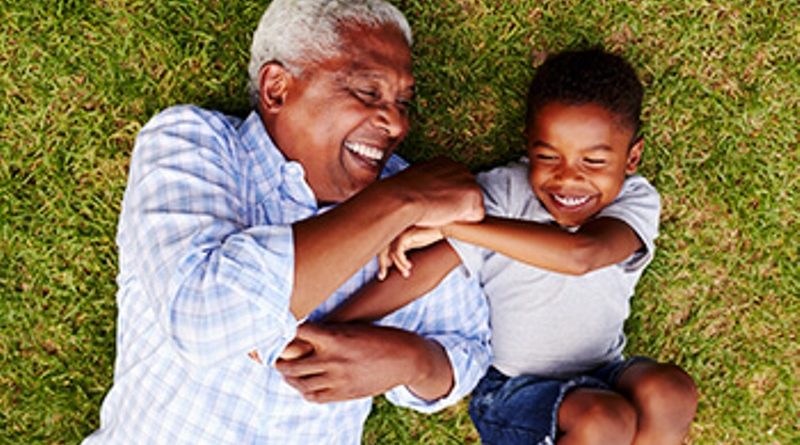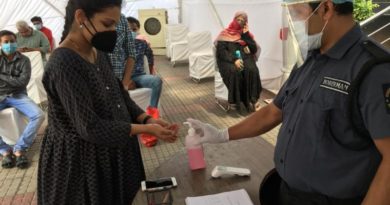Tips to tackle emergency situations while playing on the ground
By Dr Ajit Baviskar, Head of Emergency Department & Consultant Critical Care, Global Hospital, Mumbai.
It might be a beautiful day sunny day, and a perfect day for playing out and having fun. Doing so can help you stay fit, increase your endurance, speed, and stamina. Ta da, you will be able to stay healthy and hearty and keep various health ailments at bay.
But, in the blink of an eye, this scene can change from having happy you to you crying in pain.
Every year, emergency physicians see more than 200,000 children with playground-related injuries, according to the Centres for Disease Control and Prevention (CDC).
Facts about Playground Injuries:
More than half of playground-related injuries are fractures, contusions and/or abrasions.
About 75 percent of nonfatal injuries involving playground equipment occur on public playgrounds, most of which are at schools and daycare centers.
The overall rate of emergency visits for playground-related traumatic brain injury has increased significantly in recent years, according to the CDC.
Emergencies can occur at any time around the playground. Regardless of the severity, the important thing is how you tackle it. First aid may focus on bleeding, shock, burns, eyes and nose injuries, animal and insect bites, fractures, sprains, strains and dislocations, poisoning, seizures, and injuries and illnesses caused by exposure to extreme temperatures. However, it is important for people to know how to handle these simple emergencies and when to seek medical attention and properly deal with these playground emergencies.
Remember to get medical help if the victim losses consciousness or experiences pain not collaborating with the nature and size of injury.
Always ensure clean hand at the time of handling the victims to prevent infections.
Falls: One can slip, lose the grip, or lose their balance while playing or exercising. You can keep a first-aid box handy which will include all your medicines and spray to help you deal with minor injuries.
Bleeding: It is usually minor in nature but can sometimes impose serious threat if a large vein or artery has been injured. Symptoms will be a wound with, or without, an embedded foreign object pain from skin surface wounds, bruising or discolouration of the skin, loss of normal function in the injured area. Use a sterile or and apply it firmly with hand pressure do not remove foreign object forcefully this might start bleeding uncontrolled. Opt for a bandage to keep the dressing in place and if possible elevate the part above level of the heart. If bleeding does not stops or is excessive get medical help.
Nose bleed: Many small and delicate blood vessels (capillaries) are in the lining of the nose. These can break and bleed easily when you fall. So, sit up and you can lean head forward




